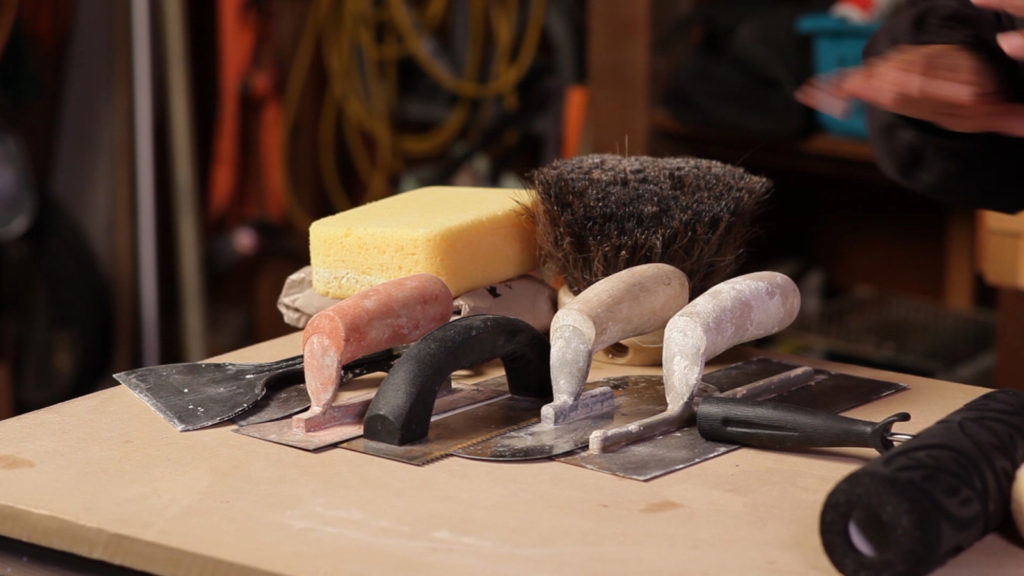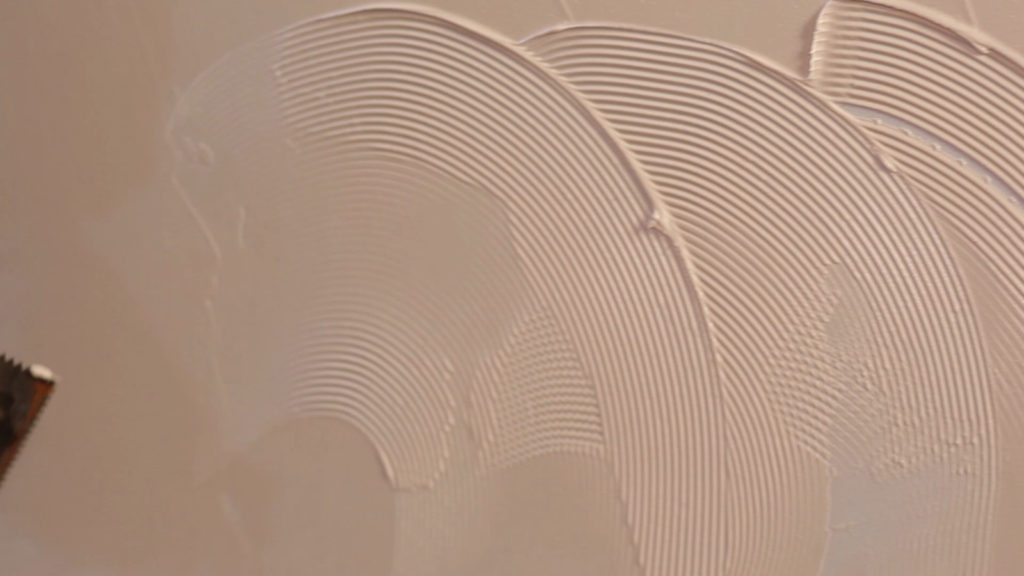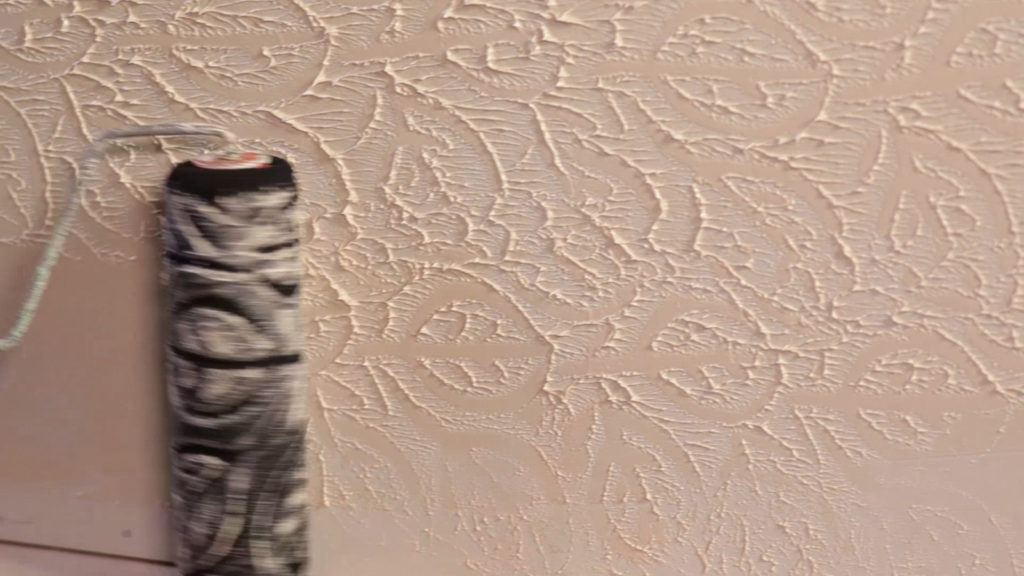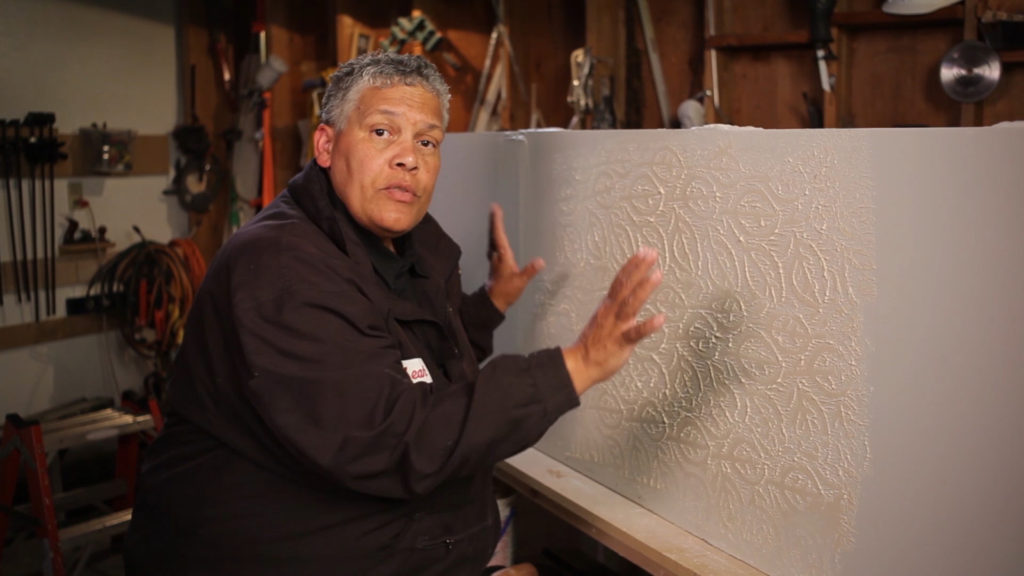If you are a beginner DIY-er with some painting experience under your belt, take it up a notch by learning how to create beautiful textures on your walls or ceiling.
In addition to being aesthetically pleasing, textures are practical, and serve to cover up defects in your walls or ceiling. Once the texture is applied, you will never even remember that those flaws are there.
Here are the basics you’ll need to get started.
Texture tools
There are different ways to apply the texture to walls. You can use a brush, heavy-nap paint roller, texture roller, or taping knife, just to name a few options.

You can also create your own texturing tools. Try scrunching up some plastic, or even using a pocket comb. You may find other objects around your home that will help you create an attractive and unique pattern.
Texture types
Textures can bring a variety of effects to a room – from bold to modest.
Perhaps you would like to make a dramatic style statement with something very pronounced, such as a swirl pattern or a Spanish knife texture.

Or maybe you just want to add something subtle to your walls, to give just a bit of character to the room. For this, you could consider what is called a “knockdown” texture, where, after the texture is applied, it is grazed over lightly with a trowel or taping knife.
Another easy option for applying texture is to use a texture roller to apply a highly visible pattern to the ceiling, such as a crow’s foot pattern.

General guidelines to texturing
Understand the basics of adding texture and you will soon be good to go.
- Use a pre-mixed joint compound for texturing, as opposed to a setting-type joint compound. Pre-mixed joint compound is slow-drying, and this will eliminate the need to rush and get the job done before the compound sets.
- Mix the joint compound with water to create the consistency you want. You can do this by hand for a small amount of compound, or with a drill and mixing paddle for a larger amount. The thicker the consistency, the more pronounced the texture will be. A thinner consistency of joint compound will create a subtle pattern. Pro tip: The starting texture should be about the consistency of cake frosting. From there, you can make it looser or stiffer to get the effect you’re looking for.
- It’s always nice to have help, and more than one person can certainly work on the overall project, including helping to remove old texture and repair the walls. But it is critical that only one person apply the texture. This is because your finished texture is going to be unique to you and your hand. Someone else’s texture, even if they are using the same technique, will be different, and this difference will be visible to the eye in the finished room.
- Practice makes perfect. As with many DIY finishing projects, it is wise to practice your technique first on a scrap piece of drywall. This way you can experiment with different techniques, and tweak the consistency of the joint compound to be certain you end up with a texture you like.

Practice your texture technique on a piece of drywall before you jump in.
There are literally hundreds of different textures and combinations of textures you can add to your walls and ceilings to put your own unique personal “stamp” on your room.
Texturing is one of those home decor projects that looks like it takes more effort than it actually does. Remember: You can do this!
Want more DIY tips? Watch more of See Jane Drill’s home improvement videos.
Don’t miss out on the next Zillow video! Subscribe today to see the latest.
Related:
- 3 Easy Ways to Save Money on Your Painting Projects
- Home Decor Challenge: The Big Blank Wall
- 3 Home Improvements Even a Beginner DIYer Can Handle

